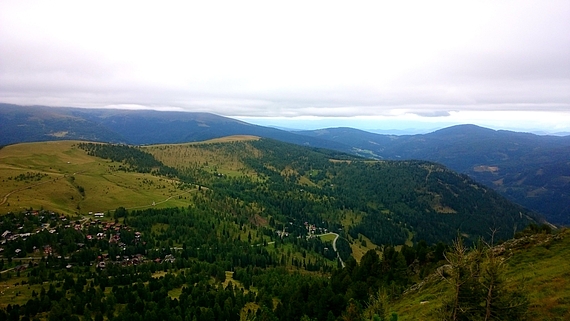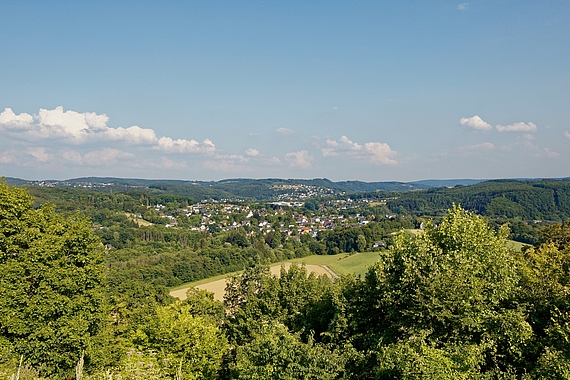Austria
Austria is a federal state in which its nine federal states exercise responsibility for spatial development, under the conceptual coordination of the federal level. Two thirds of the population live in urban and suburban areas. These areas have grown the most in recent years (a growth of 30% between 2002 and 2020). In rural areas on the other hand this increase is only 5%. Furthermore, the outstanding characteristic of Austria's topology is its mountains which make up 70% of the country's area. Specific to these mountainous regions are settlement structures lined up along valleys, a low population density, and a partially hampered connectivity due to the rugged terrain. Despite these unfavourable geographical conditions, the mountain areas are not economically isolated. They encompass both urban and rural areas.



Compared within Europe, Austria’s rural areas achieve very high gross domestic product values. Their favourable economic situation is underpinned mainly by innovative economic activities having settled there, by being located at traffic crossroads, and their success as tourist areas. Nevertheless, some rural regions have been affected by population loss for a long time - these include the rural areas of Styria and Carinthia, the Waldviertel (Forest Quarter in Lower Austria), and the eastern border areas in southern Burgenland.
A continuing challenge is maintaining infrastructures, especially in shrinking and structurally weak rural areas. Indeed, the range and quality of public services have been gradually reduced in many places. This is especially true for social and health facilities.



In Austria, the InDaLE project will focus on two public services areas: fire services and hazard prevention, and medical and nursing care. As in Germany, Austria's fire and hazard prevention services in rural areas are based on a volunteer model. Here, too, there are problems with the availability of volunteer firefighters on weekdays. A prominent example of an attempt to address this is the nationwide educational initiative "Together. Safe. Fire Brigade" which since 2017 has provided educational modules aimed at increasing children's and young people's awareness of fire and disaster prevention. Whether this initiative also leads to an increased willingness to volunteer in the children's and youth fire brigades remains an open question.
The challenges encountered in medical and nursing care can be tackled by telemedicine or by pursuing more efficient mobility concepts. The planned research seeks to identify innovative approaches that target these areas and will link the analysis to the specificities of the Austrian welfare state.





